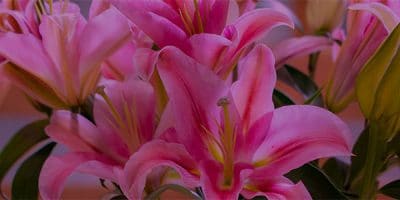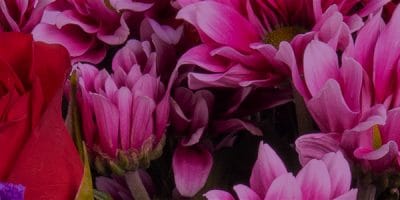Dussehra 2020: Significance, History of Dussehra and Ways of Celebrations in Different States

A celebration that lasts ten whole days, Navratri, Durga Pujo or Dussehra is one of India’s most loved festivals.
Significance & History
The ten-day long Navratri festival kicks off on 17th October and lasts until 26th October this year. ‘Dussehra’ comes from ‘dus’ (meaning ten) and ‘hara'(meaning annihilated) in Hindi. One of the longest festivals in the country, Navratri is all about food, fun and festivities. A festival that essentially symbolizes the victory of good over evil it has its origin from epic Ramayana. This festival has two important mythological references. The first is that this festival marks the victory of Rama over Ravana in the Ramayana and hence the celebrations including burning the effigies of Ravana, Kumbhkarana and Meghnatha. As per the Hindu Puranas, it is believed that Goddess Durga defeated and killed buffalo demon Mahishasura on the tenth day after her relentless fight over the nine days. Hence her victory is celebrated as Vijayadashmi. The festival is all about tradition, culture and mythology which makes it unique and like none other. Flowers add their colorful touch to the celebrations.
Celebrations Galore
Dussehra is a festival that is celebrated in all parts of India, with different rituals that add to its charm. In North India there is a theatre that plays called Ram Leela that happens in large open grounds that have a carnival-like atmosphere that culminates with the burning of Ravana’s effigy. In Tamil Nadu, Dussehra Goddess Lakshmi is worshipped in the first three days, Saraswati is worshipped for the next three days and the last three days are dedicated to praying to Goddess Durga. Karnataka celebrates with a set of miniature statues and tableaux of dolls called Bombe Habba locally.
Eastern India especially Kolkata celebrates goddess Durga by installing large idols of Goddess Durga in pandals across the city which are immersed on the last day. Western India especially Maharashtra is where the Shami tree is worshipped and its leaves are exchanged as a symbol of good luck. Legend has it that on this day the Pandavas retrieved their weapons from under a Shami tree after 12 years of being in exile.
Unique Traditions
With myriad interpretations of the festival, many parts of India have their own unique take on the festival. In Mysore, Dasara is celebrated as an ode to Goddess Chamundeshwari, the reigning deity of the city and patronized by the royal family. The warrior goddess is celebrated over the ten days with events like a special Durbar at the brilliantly illuminated Mysore palace and the famed Dasara procession called the Jumbo Savari.
In Himachal Pradesh, Kullu Dussehra, witnesses over 200 local deities and demigods coming together to participate in Lord Raghunath’s rath yatra to Dhalpur Maidan. Started by Raja Jagat Singh in 1637, the Kullu Dussehra celebrations begin on Vijayadashami, the day when the festivities end in the rest of the country. In Hyderabad Bathukamma (meaning Mother Goddess, come alive) is practiced which is a floral festival. After worshipping Lord Ganesha, women dance around a flower arrangement made by placing seven concentric circles of wood on top of each other to resemble a temple gopuram.
Chhattisgarh celebrates Bastar Dussehra, a 75-day festival as an ode to Devi Danteshwari, the presiding deity of Bastar. Started by Bastar King Purushottam Dev in Bade Dongar in the 13th century, this tribal festival includes worship of wood, posting of the pillars, urn installation, throne installation and more. Coorg has four temples dedicated to Goddess Mariamma and each place celebrates with their own version of a ritualistic folk dance dedicated to Draupadi called Karaga.
Navratri Mahotsav in Ahmedabad and Gujarat is all about energetic garba dances and the Gujarati aarti dance. Kulasekarapattinam a small town on Tamil Nadu, celebrates the Kulasai festival around the Mutharamman Temple with music, dance and drama. The trance dance sees devotees in fancy costumes dance with fire bearing clay pots in their hands for hours into the night. Kota celebrates Dussehra with a fair that includes cultural performances, costume plays and fireworks that runs for 25 days and was started by Maharaj Durjanshal Singh Hada in 1723 AD.
However, one thing that is common to all the myriad celebrations is flowers and each place ensures that no festivities are complete without decorating the Goddess with the same. This is how Dussehra binds the country and this year specifically there is much to look forward to as the festival season rings in.




